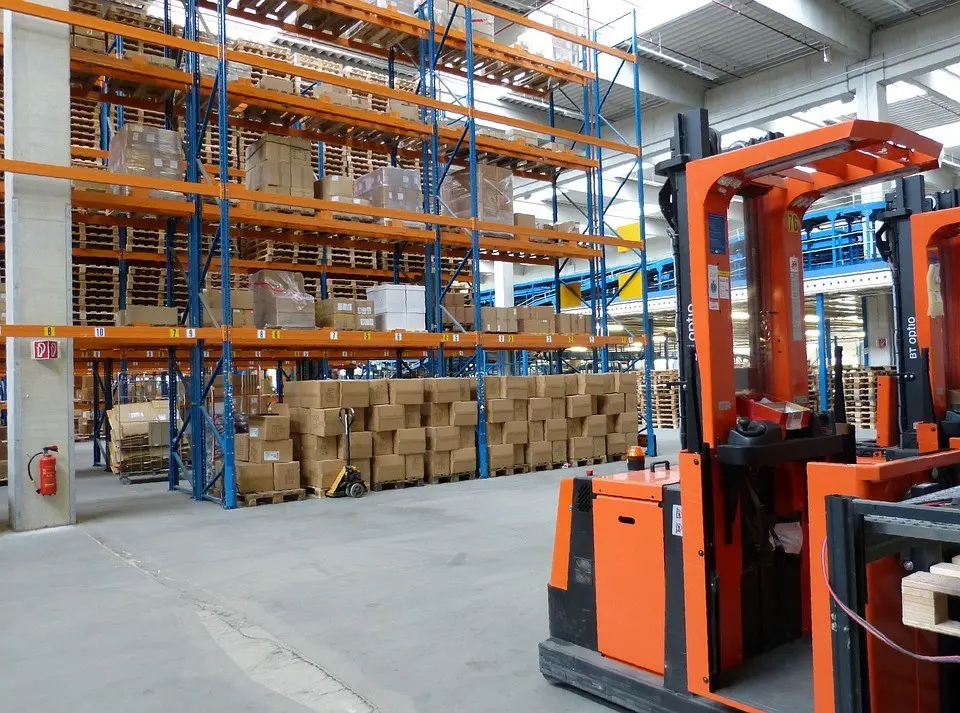
Most – if not all – businesses today involve some sort of supply chain. Even if a company is not directly operating within this industry, it follows more or less similar procedures. From procurement of equipment to delivery of products and services, the supply chain is a necessary process which ensures the smooth flow of operations.
But supply chains, especially in large corporations, are extremely difficult to monitor. There are multiple factors in play, and overseeing everything all at the same time can be a herculean task. As a solution, the management usually turns to technology in order to retain the company’s efficiency while having a dedicated system for other supply chain processes in place at the same time.
This is the reason why SCADA systems are frequently used, as it allows control over industrial processes in local or even remote locations. In the supply chain business, a storage facility or warehouse is as integral as the main operations plant and having control over processes in all locations from a dedicated platform is an invaluable solution for efficiency.

(image: Pixabay)
But as always, challenges are always present. The first of these is the location of the central control system. Take for example the case highlighted in our post ‘SCADA in the Data Center’. Control over our SCADA platform was initially integrated into a workstation in the warehouse, but it was transferred to the enterprise data center due to physical risks within the warehouse as well as repair and maintenance response time.
The key takeaway here is that choosing where to place the central control also depends on other elements such as network infrastructure and scope of application. The case above was a success due to the advanced IT setups implemented by the company.
By contrast, not all companies are immediately able to lay the groundwork for highly advanced network systems – meaning there may be a high possibility of disturbances and delays when it comes to controlling the SCADA platform from the data center. As such, a local control center is the more feasible option.
Then there’s the issue of cyber-security. In another PcVue article, it was mentioned that Microsoft has ceased support for legacy Windows versions, making it necessary to update both your company’s OS of choice as well as the SCADA system.
Additional best practices for SCADA security were listed by Applied Trust including the use of a monitoring platform, automated forwarding of log data, and setting up an Intrusion Detection System. All of these can act as prevention or backup. Given that supply chains operate across different locations, heightening security is all the more vital.
Mobility should also be considered as supply chains have a considerable portion of its workforce that is mobile during operations. In the SPS IPC Drives back in 2015, we introduced our proximity services, making it easier for mobile workers to operate, manage or maintain the company’s processes.
The shift to mobile accessibility ensures that the supply chain workflow is free from disruption. Take the case of ELDs, which track hours of service (HOS) of fleets and mobile workers. Fleetmatics implied that many companies still track HOS on paper logs, but with the advent of mobile applications, supervision can be done virtually anytime, anywhere. All relevant data are collated and logged as well, allowing multiple tasks to be accomplished in a relatively shorter time.
SCADA platforms operated through mobile systems generally work in a similar manner, considering that multiple supply chain processes can be controlled or monitored through a handheld device. Therefore, if your company still operates SCADA systems exclusively through on-site control units, it’s advisable to integrate accessibility into mobile systems to increase efficiency.
For more information on PcVue, you may get in touch with us through our Contact page.
Exclusively written for PcVue Solutions
by JenSaysTech
Created on: 4 Aug 2017






